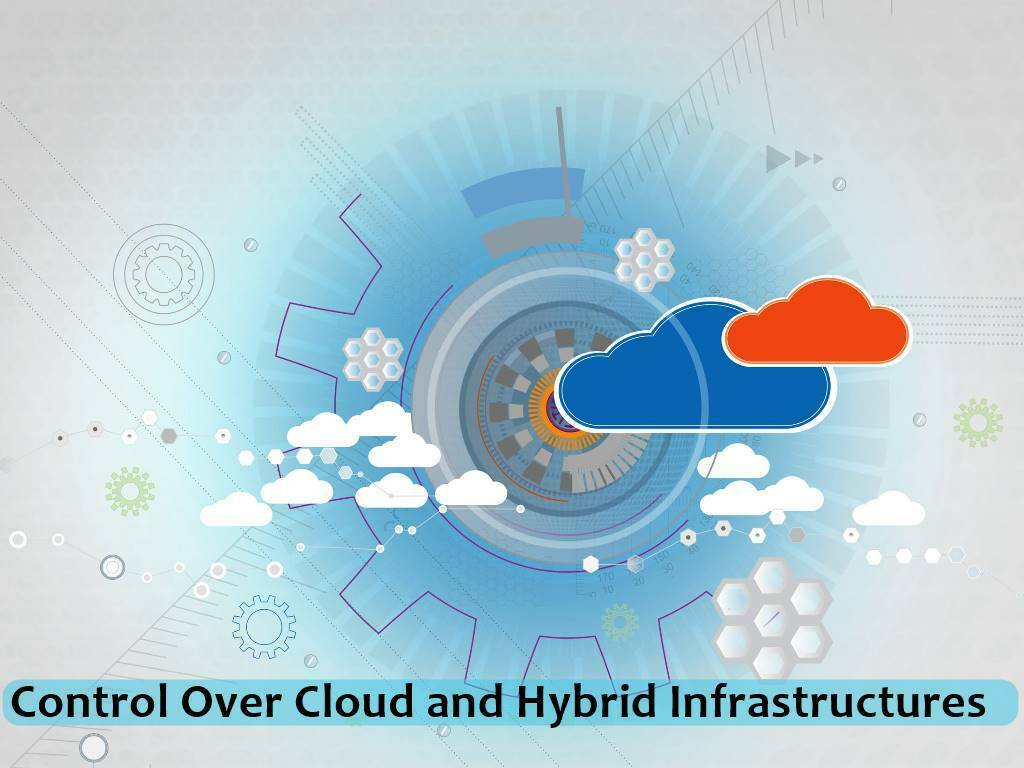The best way to go about protecting yourself, in any event, is to find the best protection gear possible. You wouldn’t use worn, torn, or cheaply produced PPE when going onto a construction site, and neither would you go for the least helpful tools when protecting your endpoints from cyber threats.
But each year is different, and new needs arise all the time in an ever-shifting threat landscape that demands the utmost in endpoint protection. Therefore, it’s important that you know how to choose the best endpoint protection platform (EPP) available to you, and to do that, you need to know what it’s for, and what has changed in the landscape as of late.
What Endpoint Protection Software Should Do
EPPs are software programs that proactively identify and respond to threats on your endpoints. This means that detection is one of the functions that truly defines and informs the overall approach to your protection. Without the role of detection, endpoint protection software is incapable of flagging problems within the network, and it means that it would require manual intervention to be capable of its second function: response.
Responding to threats can happen in different ways, of course, but whether it’s a quick cleanup or a multi-step process, this happens when triggered by the identification of a threat. These two functions work together to inform the overall systematic role of EPP as a whole. But there is more to an EPP in 2021.
What Features Are Paramount In 2021?
What proves important for 2021 users in terms of endpoint protection has a lot to do with the change in the digital environment. For one thing, cyber attackers are using artificial intelligence to inform their attack methods, even using various types of malware and viruses that are capable of slipping past normal static detection.
For another thing, businesses in 2021 are far more likely to be using a cloud-based operation or a hybrid one, wherein part of their network extends into the cloud with containers that can even be remotely accessed.
With all the differences in how people interact with technology, and how technology can be used against them, it’s imperative that they look at what’s most important to security measures this year. Some of the most important extra features that an EPP can have are mentioned below.
AI-Powered Threat Detection

One thing that endpoint protection solutions offer is the ability to utilize AI and machine learning to identify and detect threats that normally bypass static detection systems.
For example, firewalls function using detection of certain registered file signatures. This static approach is great for older types of attacks, which are still common enough, but what has become increasingly common is the type of attack that is signatureless. This requires a more dynamic detection system, and so, the best EPPs in 2021 will utilize AI to spot threats, and even to analyze threat intelligence for more in-depth investigations.
Endpoint protection depends on this type of detection nowadays, because it’s become all the more prevalent for attackers to sneak past or force their way into an endpoint, and sometimes they can only be identified using the smart correlation of data and activity that an AI-powered detection system can analyze.
Control Over Cloud and Hybrid Infrastructures

The expansion of cloud services in business processes of all kinds has given way to some impressive capabilities, and while some businesses have migrated entirely into the cloud with their workflows, some have maintained a hybrid approach. Whatever approach you take, though, it’s imperative that you have an EPP that not only reaches these cloud and hybrid environments but allows you to exercise control over them.
If your endpoint can’t be protected from the cloud end of the process, then your current tool is not an ideal protection platform, and you need to reconsider. With the increasing ubiquity of cloud infrastructures, you cannot afford to ignore this feature of a good EPP.
Enterprise-Wide Visibility
There’s the cloud infrastructure, the endpoints that are considered remote access, and even the internet of things that you might be using in your business process. All of these are possible areas of your enterprise, and as such, they need to be visible to you: activity, performance, even who has user access to each specific portion of the network.
Visibility is the amount of this scope that you can monitor, and if you’re not able to monitor every corner of your enterprise (endpoints, cloud servers, all of it), then you’re sacrificing a huge advantage against the modern cyber attacker, who is capable of reaching every single corner.
Response Automation

When you’re able to automate, you’re able to put your mind at ease about a certain task. This should be the case with most detection-and-response, where you let the tool do the dirty work. Surely, there are situations where your action is needed, but for the most part, it’s par for the course now to let your EPP drive and to simply automate responses to various threats in kind.
A Resource For Choosing
Whatever you plan to do, you are aware now of some of the most important features in 2021 that aid people in choosing their ideal endpoint protection platform. However, there is one additional resource you can utilize for choosing.
Gartner’s Magic Quadrant is an evaluation of technological tools like EPPs for their effectiveness and innovation against competitors. If you’re looking for the best of 2021, have a look at this year’s Magic Quadrant report, and look at the leaders. These are the key players who won’t leave you disappointed, and the ones that will protect you best against the newest and most wily attacks on the internet to date.
